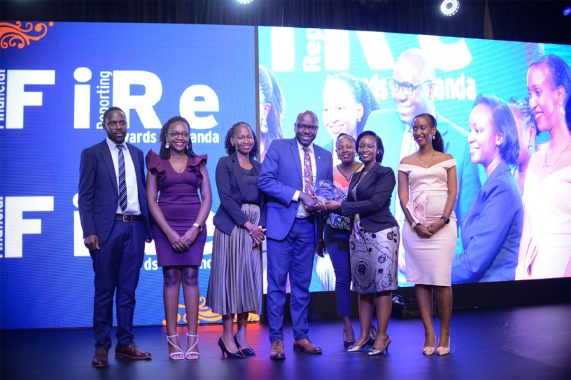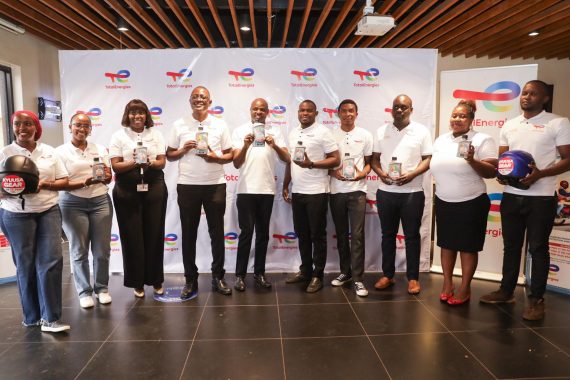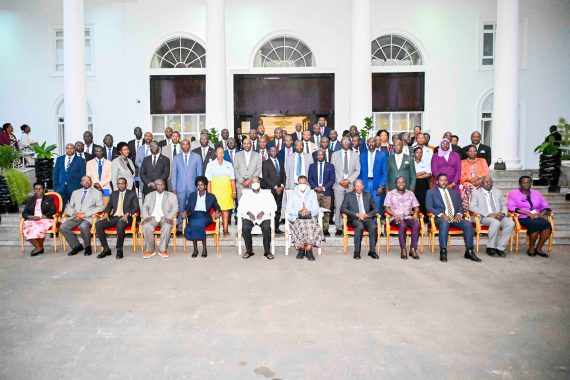The National Social Security Fund (NSSF) has put in place initiatives to support local firms’ capacity, growth, and competitiveness for better business opportunities. The initiatives that are already in practice include the NSSF Suppliers Forum, access to finance through advance payments for high-value works, a reserve of services, supplies, or works to local firms in accordance with the PPDA guidelines as well as an innovation program dubbed the Hi-innovator in partnership with Mastercard Foundation where small and growing businesses receive entrepreneurial skills and funding of up to 30,000 USD.
Richard Byarugaba, the NSSF Managing Director, revealed this strategy at the 6th Annual NSSF Suppliers Forum, held at Mestil Hotel. The forum is a platform for NSSF’s current and prospective suppliers, procurement professionals, and the business community to get the latest business opportunities from the Fund as well as best practices in procurement and supply chain management
“Our procurement report for the FY 2021/22 indicates that local firms receive 90% of business from the Fund albeit of low value while only 10% goes to international firms.” Byarugaba said, “
The low uptake of high-value contracts by local firms was attributed to inadequate finances, low technological adoption, price fluctuations of materials, and inadequate skills among others.
He advised local suppliers to develop long-term business strategies that go beyond just participating in a tender, skilling workforce, especially in emerging technologies and management of complex projects, and establishing partnerships.
“In line with our 10-year strategy, it is evident that the Fund needs more innovative solutions in growing the business, extending coverage across the country at a low cost, and improving member experience. These are areas local firms should take advantage of” Byarugaba added.
The Fund also unveiled the available business partnership opportunities for the next financial year 2022/23 where local firms could compete. These include opportunities in real estate, information technology systems, office equipment, and motor vehicles.
Participants were also exposed to opportunities in the oil and gas sector.
Sapiosexual & Ambivert


















